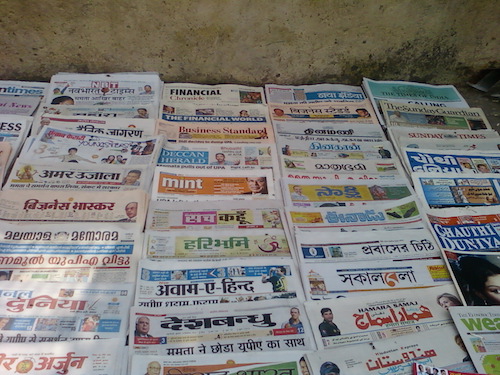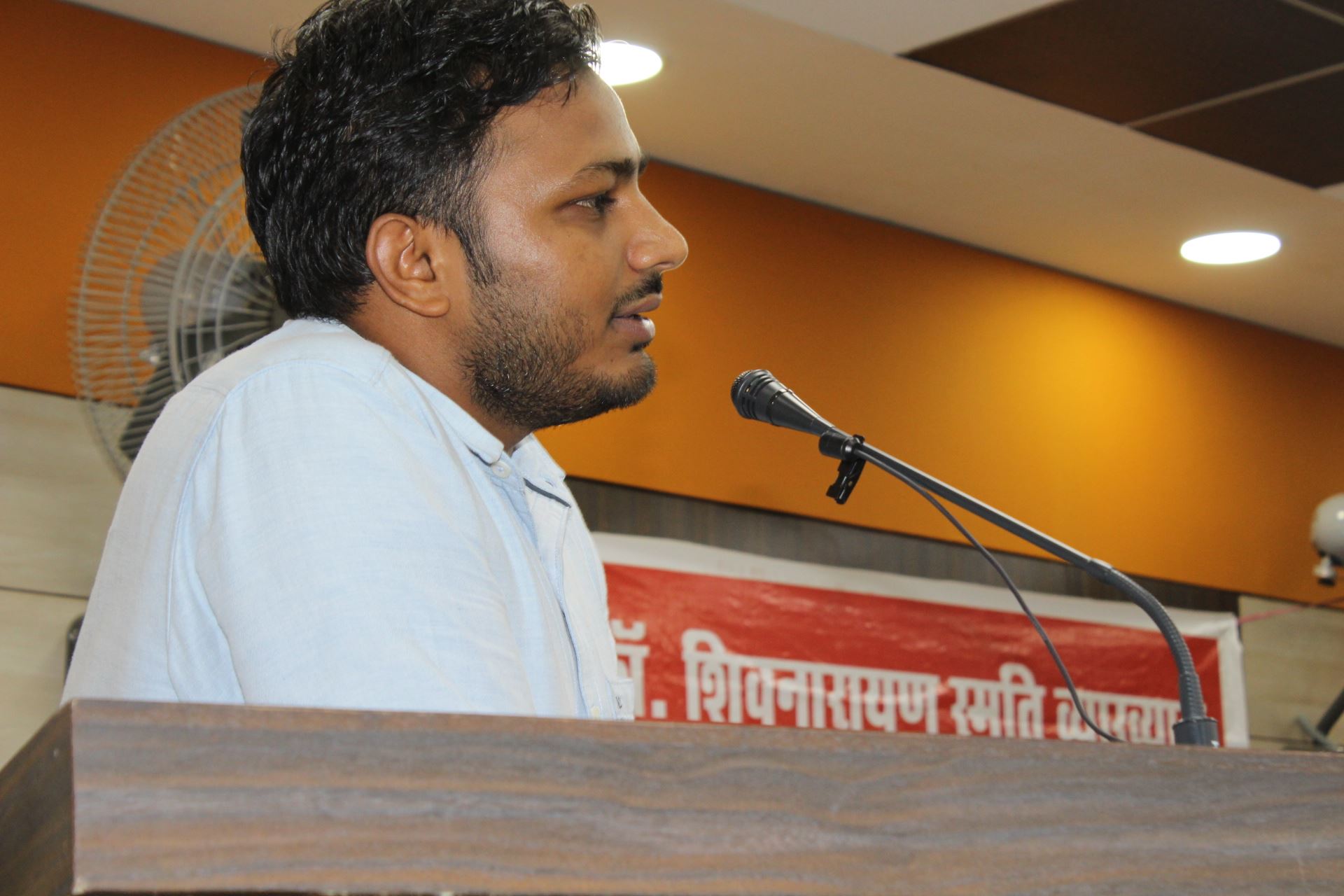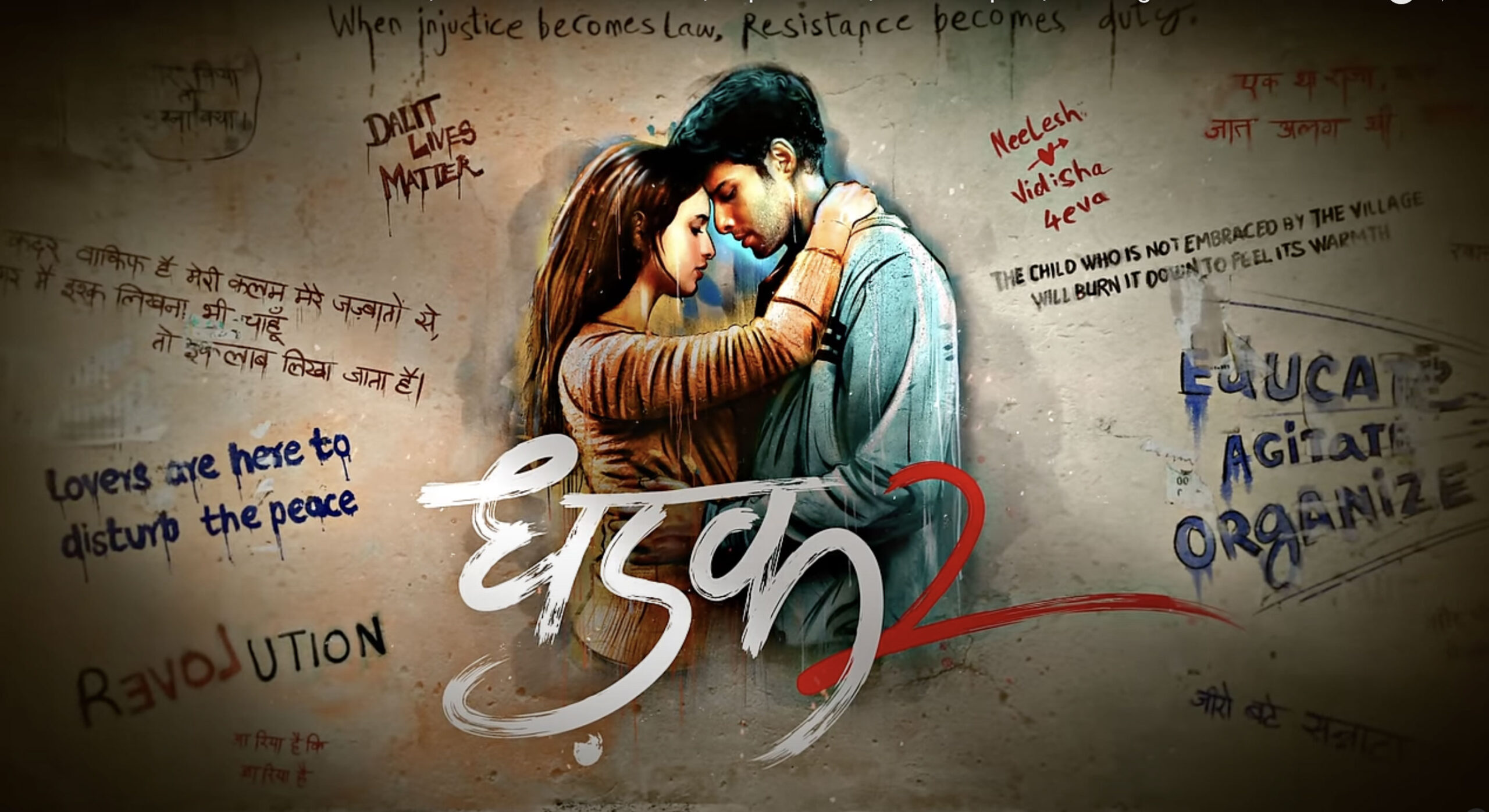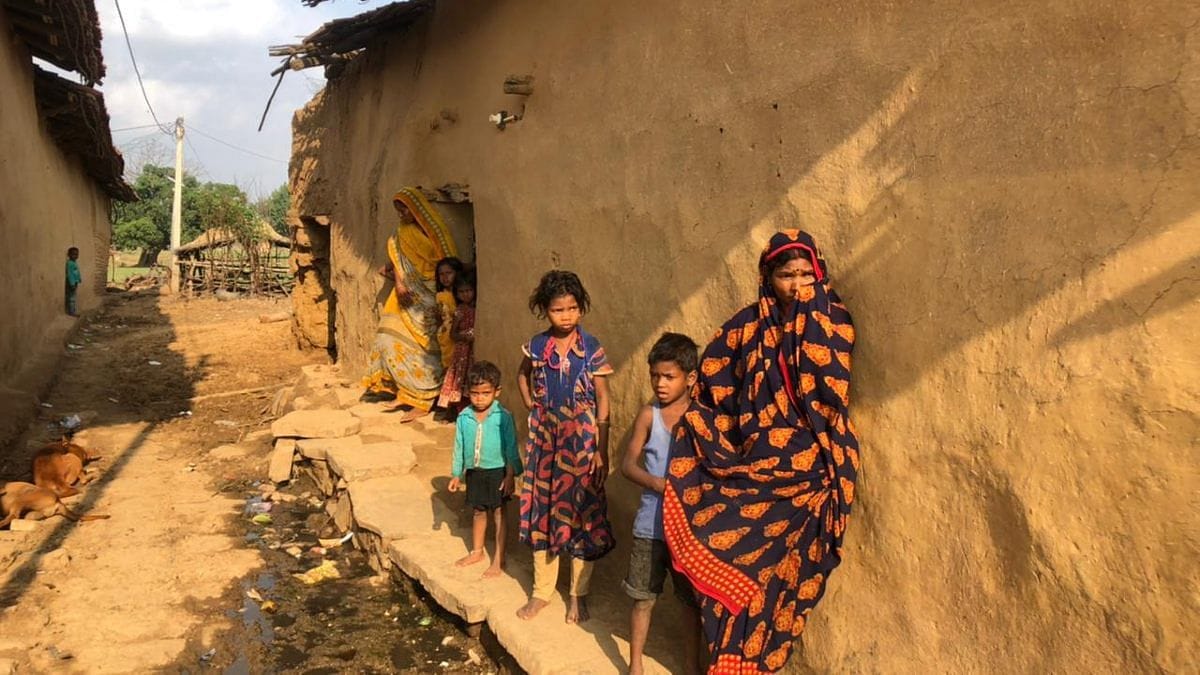Before I come to the point I wish to make, I would like to share two incidents with the readers. A couple of months ago, I travelled to Patna to speak at a function. Among the speakers was the editor of a leading English daily. He told the audience in Hindi that he was the editor of the Bihar editions of the newspaper for several years, that the owners of the newspaper always gave him a free rein, and he never felt he was working under any sort of pressure. According to him, he published whatever he thought was in the public interest. My personal opinion about the editor, whom I’ve known for more than 30 years, is that he is pro-people. When it was my turn to speak, I posed a question to him. I asked him whether the editors of the Hindi newspapers of his group could claim with the same confidence that they enjoy the same degree of freedom. In Bihar, it is the Hindi newspapers that are read by the commoners. The reach of the English newspapers is limited to a tiny section of the ruling elite. They have almost zero penetration among the common people. Hence, it is meaningless to allow the editor of an English newspaper in Bihar to pursue pro-people journalism.
 The second incident has been reported in a book titled Traversing Bihar by Manish Kumar Jha and Pushpendra. This book is worth a read and quotes CPI (ML) general secretary Deepankar Bhattacharya saying that a Land Reforms Commission was constituted by the Bihar government under the chairmanship of D. Bandyopadhyay. Let alone the implementation of the recommendations of the commission, the Nitish Kumar government did not even make its report public. When the CPI (ML) launched an agitation on the issue, the report was tabled in the Vidhan Sabha. All the MLAs were provided CDs of the report, but the report was in English. The Bihar government had not even bothered to get it translated into Hindi – a language all the legislators and most of the people of Bihar understand. Similarly, in the 1970s, MacBride Commission was appointed by the UNESCO to study how the rich nations were controlling the international media and using it to dominate third-world countries, including India. The commission had recommended that its report be translated into many languages of the world, including Hindi. But it was never translated into Hindi. After the implementation of the new economic policy, there have been many such instances.
The second incident has been reported in a book titled Traversing Bihar by Manish Kumar Jha and Pushpendra. This book is worth a read and quotes CPI (ML) general secretary Deepankar Bhattacharya saying that a Land Reforms Commission was constituted by the Bihar government under the chairmanship of D. Bandyopadhyay. Let alone the implementation of the recommendations of the commission, the Nitish Kumar government did not even make its report public. When the CPI (ML) launched an agitation on the issue, the report was tabled in the Vidhan Sabha. All the MLAs were provided CDs of the report, but the report was in English. The Bihar government had not even bothered to get it translated into Hindi – a language all the legislators and most of the people of Bihar understand. Similarly, in the 1970s, MacBride Commission was appointed by the UNESCO to study how the rich nations were controlling the international media and using it to dominate third-world countries, including India. The commission had recommended that its report be translated into many languages of the world, including Hindi. But it was never translated into Hindi. After the implementation of the new economic policy, there have been many such instances.
When we say that language is a political tool, we are not talking about Hindi, English, Persian, Sanskrit or any other particular language. When we compare Hindi with English or with Sanskrit, the idea is not to place one language at a higher pedestal than the other. We are simply using Hindi, English or Sanskrit as examples to understand how languages are used as political tools. When we talk of dominance of English in India, we refer to the dominance of a small group of rich people. They use English to grow more prosperous. They do not intend to use English to bring about equity in society but to establish their rule over the majority. Just as we are talking about the dominance of English in India today, the dominance of Sanskrit or Persian was talked about in the days gone by.
Our objective is to understand language as political tool and not to support or oppose Hindi, English, Urdu or Sanskrit. That is what we tried to do through the examples of the editor of the English daily and the report of Land Reforms Commission. The editor spoke of his freedom but not of the freedom of language. The claim of “freedom” by the editor of an English daily in a Hindi-speaking area is meaningless. It may lead one to drawing the wrong conclusions. According to the editor, any journalist can be pro-people if he wants to. But the problem is that the language through which he is trying to be pro-people is the one the people do not understand! The editor may be pro-people. The owner may well be democratic, believing in freedom for their newspapers. But then, democracy and freedom are related to the lives of the people. Till it touches the lives of the people and brings about meaningful changes in them, it will remain only the democracy and freedom of the editor and the owner.
Similarly, Nitish Kumar achieved twin objectives by releasing the report of the Land Reforms Commission in English. First, he strengthened his claim of being a true democrat, believing in transparency. Second, he succeeded in ensuring that the Hindi-speaking masses of Bihar were unable to read or understand what the report had asked the government to do.
There is a need to understand the role of the language here. Here, English is not being used as means of communication but as a tool to build the image of the rulers as great believers in democratic and transparent functioning. The point is that one should be able to see how someone else is using the language to achieve their partisan objectives. Then one can understand how language can be a political tool.
The target audience is an important component of any communications strategy and from this springs the potential of using language as a political tool. Suppose you want to address the ruling elite. You can very well do so in their language. But if you want to raise consciousness among the people, then they cannot be addressed in a language which they cannot or do not understand. In this context, for a majority of Indians, there is no difference between Sanskrit and English.
Published in the June 2015 issue of the FORWARD Press magazine





